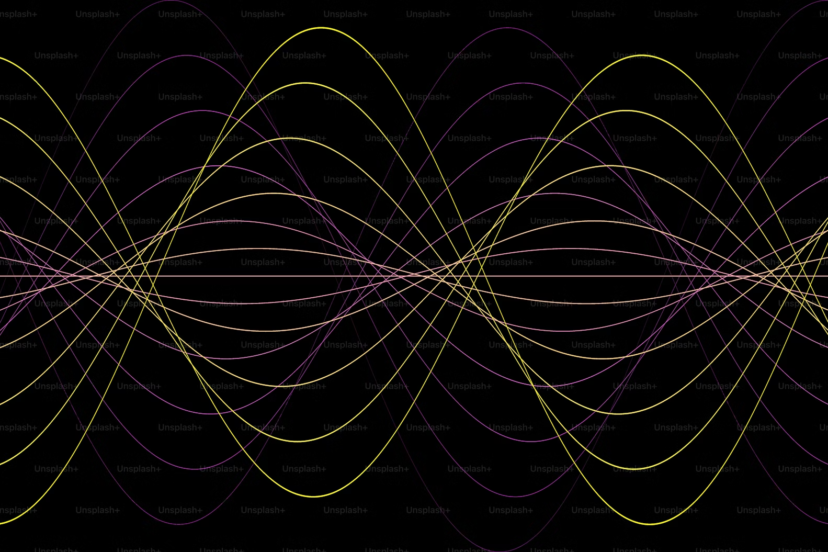Understanding EMF Radiation and Safe Levels for Humans: A Critical Look at the Dangers In today's…
Is 5G Radio Waves or Microwaves: Unmasking the Hidden Dangers

Is 5G Radio Waves or Microwaves: Unmasking the Hidden Dangers
The advent of 5G technology has heralded a new era of connectivity, promising unprecedented speed and efficiency in communication. However, amid the excitement, there lies a critical question: Is 5G composed of radio waves or microwaves, and what are the potential dangers associated with its deployment? This article explores the nature of 5G technology and the risks it poses, with a focus on its potentially hazardous effects on human health and the environment.
Understanding 5G: Radio Waves and Microwaves
5G, or fifth-generation wireless technology, utilizes a combination of frequency bands to achieve its remarkable capabilities. These bands range from low frequencies (below 1 GHz), which are similar to those used by previous generations of wireless technology, to much higher frequencies (up to 100 GHz). The higher end of this spectrum, known as millimeter waves, falls into the category of microwaves.
Microwaves are a subset of radio waves, operating at higher frequencies and shorter wavelengths. This characteristic allows for faster data transmission and greater capacity, which is essential for the high-speed, low-latency promises of 5G. However, it also introduces a new set of potential risks associated with increased exposure to these higher frequency waves.
The Health Implications of Microwaves
Microwaves have long been a subject of concern regarding their potential health impacts. Unlike lower-frequency radio waves, microwaves can penetrate deeper into biological tissues, including the human body. This penetration can lead to a range of biological effects, some of which are potentially harmful.
One major concern is the ability of microwaves to cause thermal effects. As microwaves are absorbed by tissues, they can cause a rise in temperature, leading to thermal stress. While regulatory bodies have set exposure limits to prevent significant heating, there is growing evidence suggesting that even non-thermal levels of microwave exposure can have biological effects. Studies have indicated that low-level microwave exposure can disrupt cellular processes, potentially leading to issues such as DNA damage, oxidative stress, and altered cellular function.
The Blood-Brain Barrier and Brain Health
The blood-brain barrier (BBB) is a critical defense mechanism that protects the brain from harmful substances. However, research has shown that microwave radiation can compromise the integrity of the BBB. A study published in the journal Bioelectromagnetics found that exposure to microwave radiation increased the permeability of the BBB, allowing potentially harmful substances to enter the brain. This increased permeability could lead to neuroinflammation, oxidative stress, and other forms of neural damage, raising concerns about the long-term impact of 5G on brain health.
Increased Cancer Risk
One of the most alarming potential risks associated with 5G’s use of microwaves is an increased risk of cancer. Numerous studies have linked microwave exposure to an elevated risk of developing cancer, particularly brain tumors. The World Health Organization’s International Agency for Research on Cancer (IARC) has classified radiofrequency electromagnetic fields, including microwaves, as possibly carcinogenic to humans (Group 2B). This classification is based on evidence suggesting an increased risk for glioma, a malignant type of brain cancer, associated with wireless phone use.
Environmental Impact
The deployment of 5G technology is not only a concern for human health but also for the environment. The infrastructure required for 5G involves a dense network of small cell towers, which will increase the number of radiation sources in the environment. This densification could have detrimental effects on wildlife, particularly birds and insects. Studies have shown that electromagnetic radiation can disrupt navigation, reproduction, and communication in animals, potentially leading to population declines and ecosystem imbalances.
The Need for Precautionary Measures
Given the potential risks associated with 5G’s use of microwaves, it is crucial to adopt precautionary measures to protect public health and the environment. Governments and regulatory bodies should enforce stricter safety standards and conduct comprehensive research to fully understand the long-term effects of 5G exposure. Public awareness campaigns are also essential to educate people about the potential dangers and promote safer usage practices.
Calls for Further Research and Regulation
The rapid rollout of 5G technology has outpaced the research needed to thoroughly evaluate its health and environmental impacts. Many scientists and public health experts are calling for a moratorium on 5G deployment until more conclusive evidence is available. Additionally, there is a need for independent, peer-reviewed studies to ensure that the research is unbiased and comprehensive.
Is 5G Radio Waves or Microwaves: Unmasking the Hidden Dangers
While 5G technology offers remarkable advancements in connectivity and communication, it is imperative to recognize and address the potential dangers associated with its use of microwaves. The evidence pointing to health risks, including impacts on the blood-brain barrier, increased cancer risk, and environmental harm, cannot be ignored. As we embrace the benefits of 5G, it is crucial to prioritize public health and safety by adopting precautionary measures, promoting further research, and implementing stricter regulations to safeguard against its potential dangers.



